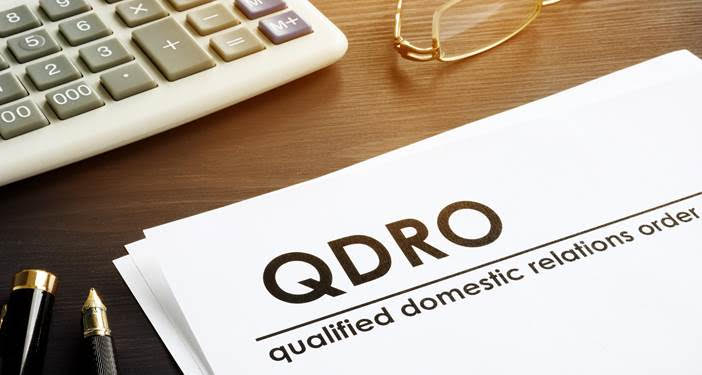What is a QDRO in the Divorce or Dissolution Process?

Let’s talk retirement accounts. Even if your spouse never set foot in your workplace, or you never set foot in your spouse’s workplace, in the Court’s view, any retirement account that was created or grew during the marriage is marital property built by you and your spouse together. That means the marital portion of your retirement account is subject to an equal division at the time your marriage ends unless you can negotiate a different deal with your spouse. The division of retirement accounts leads to many questions, including when will they be divided, how are they divided, how do I get my money or how does my spouse get his/her money from my retirement account?
Enter the QDRO. QDRO stands for Qualified Domestic Relations Order. I pronounce it Que-drow, but to each his own if you prefer to say Qua-drow. Simply put, a QDRO is a way to divide a retirement account, such as a pension or a 401K, without the IRS or other governmental entities viewing the division as a taxable event. It is what it stands for – a court order signed by a Judge that directs the retirement plan administrator to divide the retirement account according to the terms in the QDRO. For a pension, it usually tells the plan administrator what percentage of the pension your spouse will share in (or in some instances you can specify a dollar amount). For a 401K, it specifies a percentage or dollar amount your spouse will receive as of a date and then specifies whether gains and losses will be included on that amount once the division is made. If the QDRO is followed and so long as the funds are not “cashed in” by the spouse that receives the funds, there is no tax or penalty owed to any taxing authority.
How long does the QDRO process take? It depends. Once drafted, the QDRO has to be signed by your judge, then a copy of it has to be served on the plan administrator, then the administrator has to review and approve it as a qualified order, then the division happens, and then the person receiving the funds has to let the administrator know what s/he wants to do with the funds, etc. (note, however, that pension funds are usually not paid out until your ex retires). General rule of thumb: you should expect it to take 30-90 days from the time the QDRO is sent to the plan administrator until you receive funds (or the funds are withdrawn from your account to be given to your ex-spouse).
Keep in mind these few paragraphs are providing you with a generic overview of a QDRO and the QDRO process. The “devil is in the details.” Each QDRO is unique and presents its own set of issues. Here at Isaac Wiles, we often employ a specialist to prepare the QDRO because, as you can imagine, each plan administrator has its own requirements and the specialists are better able to track what those are. Even so, we are with you every step of the way through the QDRO process and always available to answer your specific questions.
In a later edition of this newsletter, I’ll touch on how IRAs and government pensions are handled in divorce.
Stay Tuned!